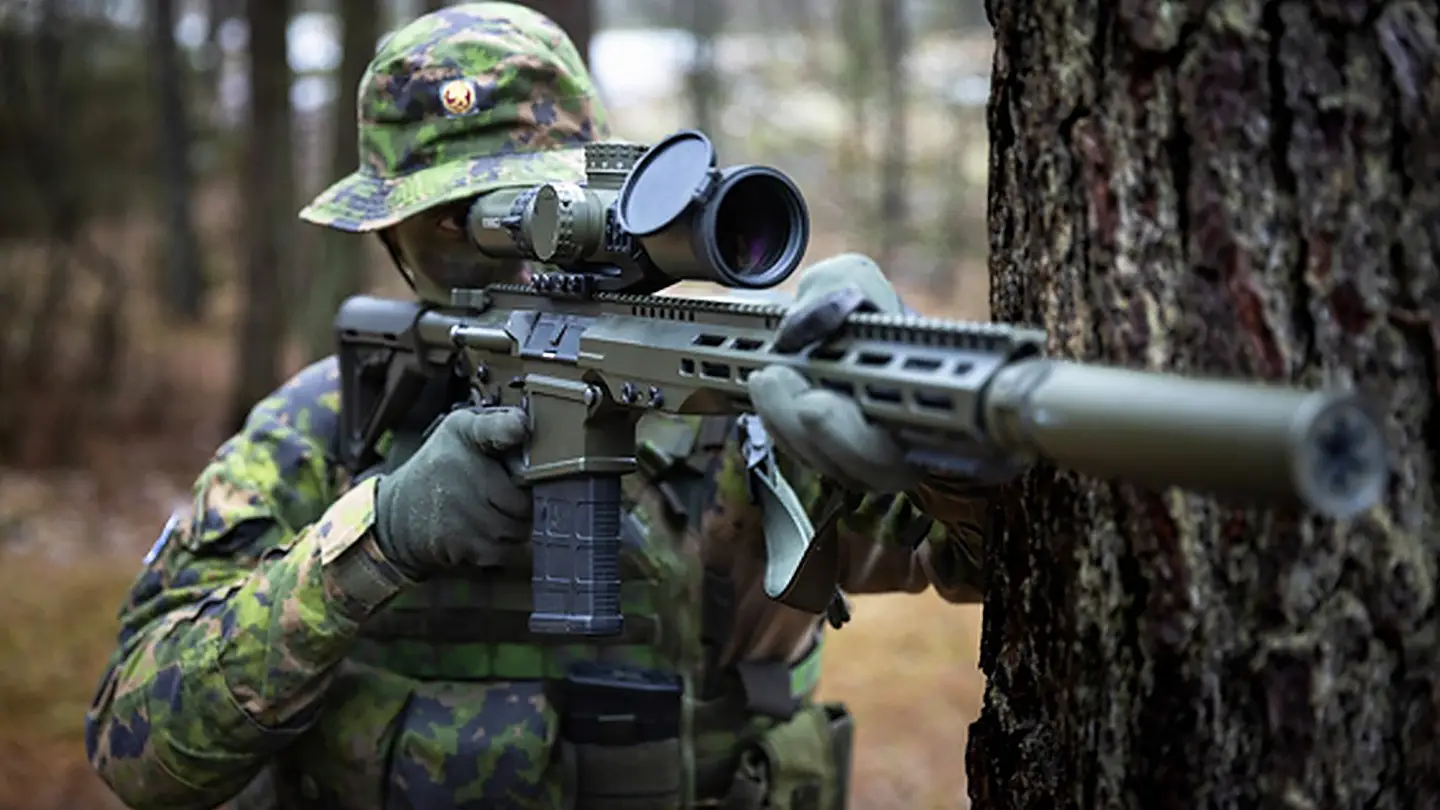La posibilidad de que Finlandia y Suecia se incorporen próximamente a la NATO, motivó que las autoridades de Defensa de ambos países firmen un acuerdo de largo plazo, para la unificación de las armas portátiles individuales de sus Fuerzas Terrestres, básicamente los Fusiles de Asalto y de Tirador Especial. La compañía finlandesa SAKO, reconocida mundialmente por la calidad de sus armas de precisión, será el núcleo base del acuerdo. Ella será la responsable de la fabricación de una familia de Fusiles de Asalto en calibres 5.56x45mm y 7.62x51mm y Fusiles de Sniper en calibre 7.62mm y 8.6mm (.338 lapua Mg). En los programas de modernización de ambos países, se planteó la necesidad de reemplazar el armamento individual, ya considerado obsoleto y particularmente el caso de Finlandia, que sus fuerzas están equipadas aún, con armas de modelos y en los calibres de la familia AK’s de origen ruso. El acuerdo incluye inversiones en plantas de fabricación de munición en ambos países, que permitan asegurar el autoabastecimiento de ese recurso crítico.
Finland and Sweden are teaming up to jointly acquire a new range of infantry and sniper rifles for their respective armed forces, providing a significant degree of commonality as they both move closer to joining NATO. The decision, announced today, is also the latest step in a deepening military relationship between the two Nordic states, which last week — together with Denmark and Norway — also unveiled plans for a unified air defense alliance, to better cope with the Russian threat, a move you can read more about here.
Under a framework agreement signed today by representatives of the two defense ministries, the Finnish and Swedish Defense Forces will jointly acquire new guns produced by the Finnish arms manufacturer SAKO, located at Riihimäki in the south of that country, and established back in 1921.
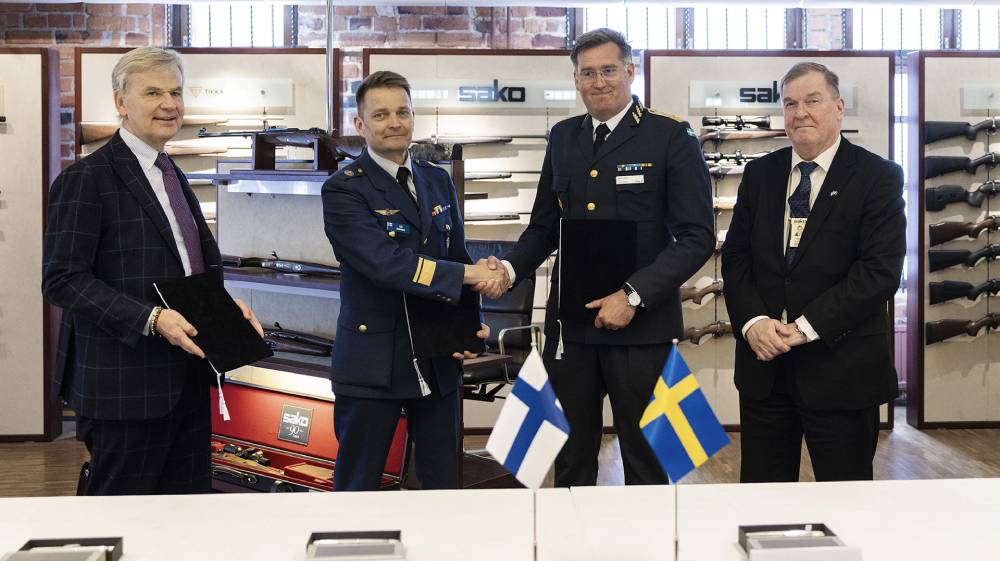
“We very much appreciate the agreement and thank the Swedish and Finnish Defense Forces for the good cooperation with SAKO and the trust they have placed in us. With this agreement, SAKO will return to being a manufacturer of semi-automatic and automatic weapons,” said Raimo Karjalainen, the CEO of SAKO.
The common family of weapons will include rifles chambered for both NATO-standard 5.56x45mm and 7.62x51mm calibers, as well as bolt-action sniper rifles that can be rapidly configured to fire either 7.62x51mm or .338 Lapua Magnum (8.6mm) rounds.
Given that Sako has been chosen as the manufacturer, the company’s TRG M10, or a new variant or derivative thereof, would seem a likely candidate for the common sniper rifle. TRG series rifles are already in service with a number of armed forces around the world.
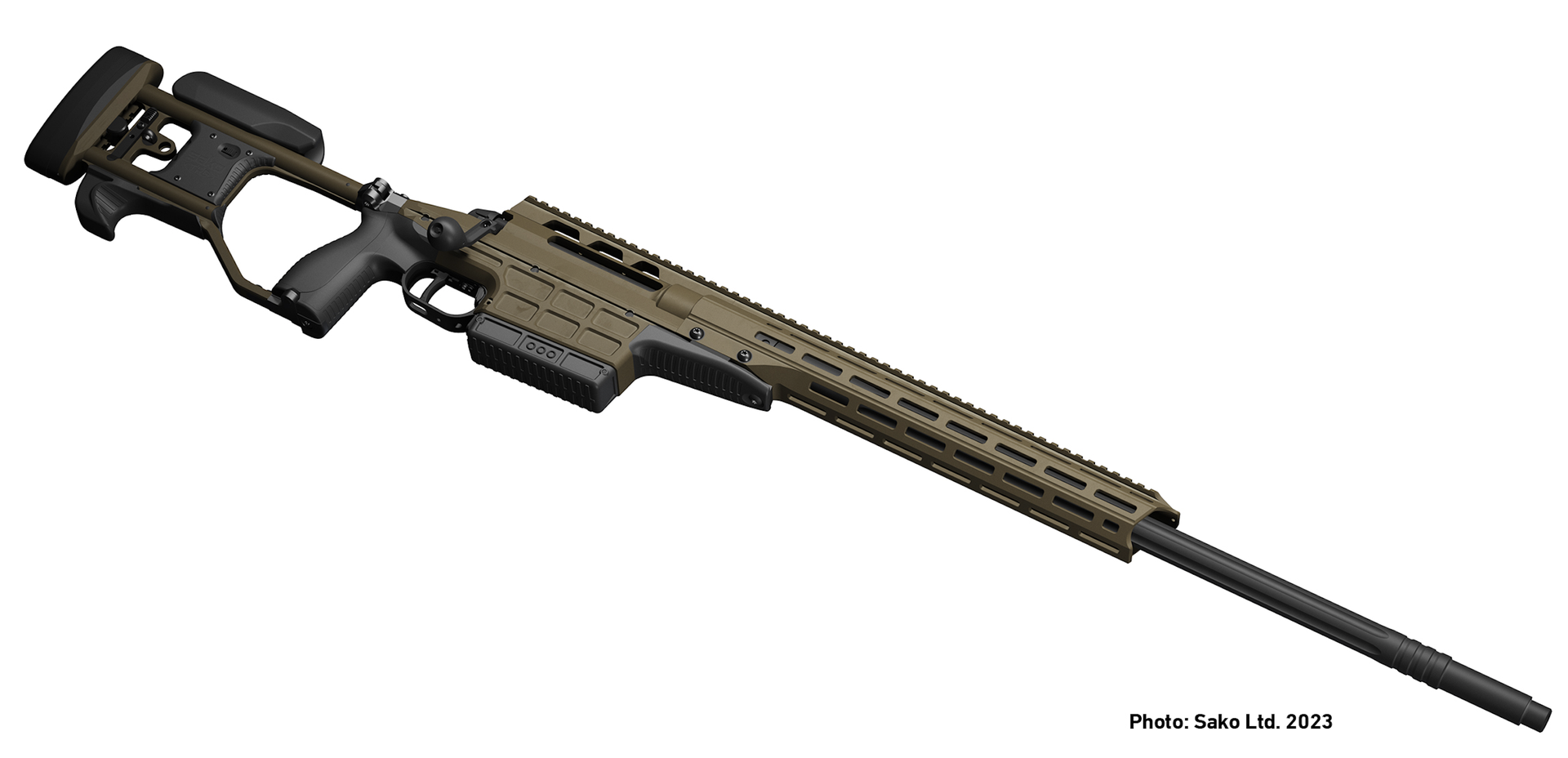
Sako has also developed a line of 5.56x45mm and 7.62x51mm rifles derived from the American AR-15/M16 and AR-10 patterns.
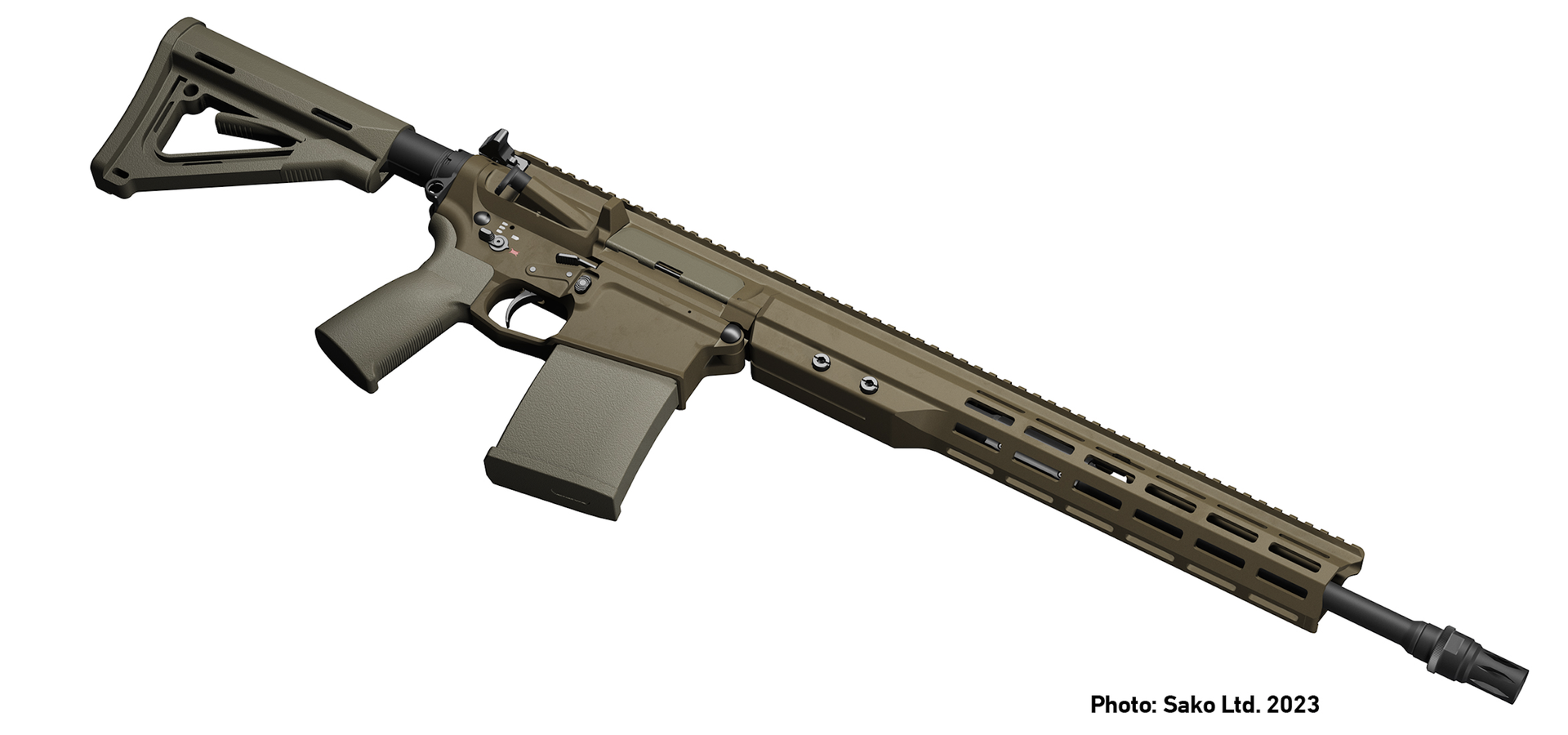
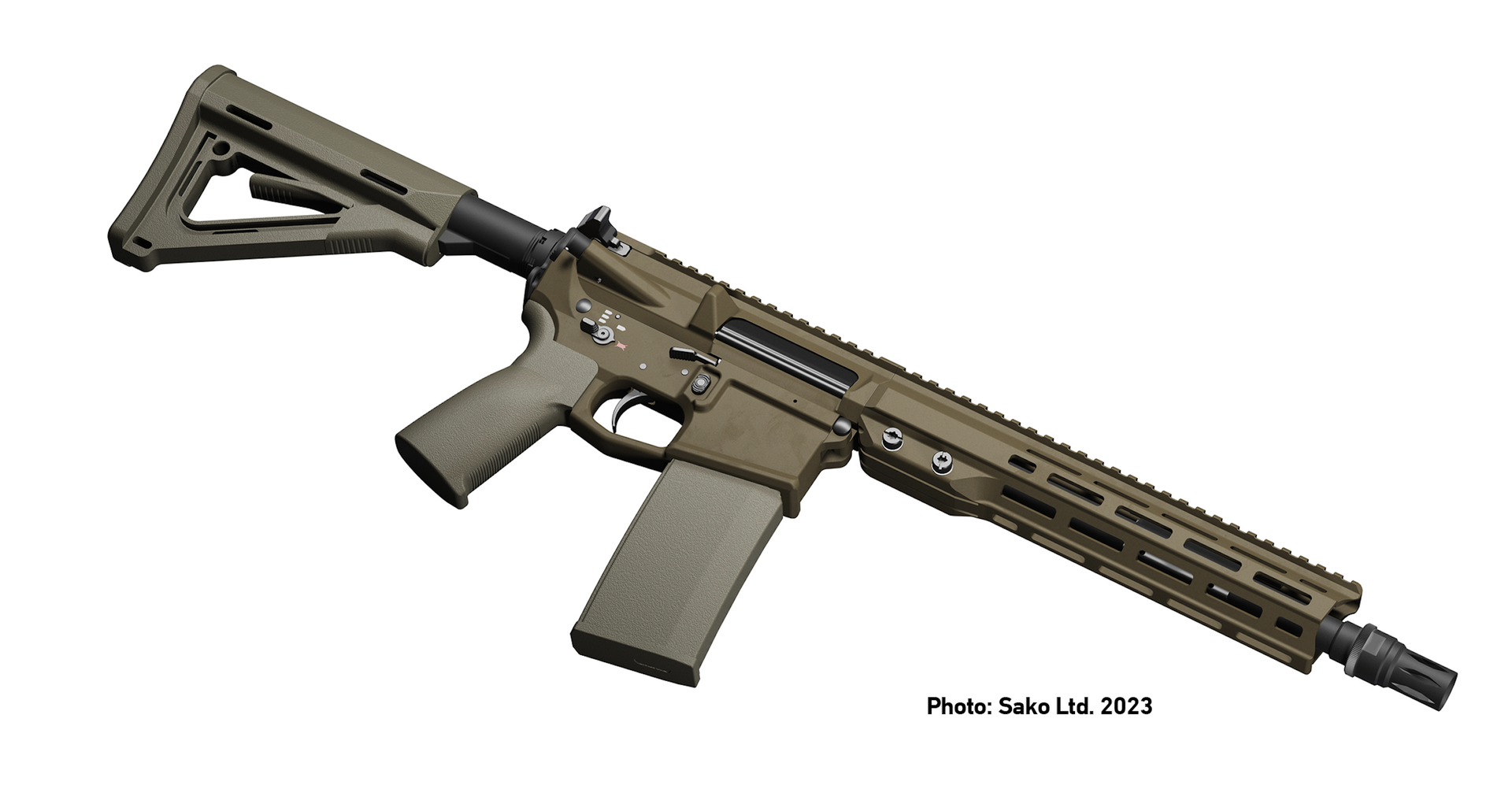
Like many modern ‘AR’ derivatives, including the very successful Heckler & Koch HK 416 and HK 417 series and the increasingly popular Sig Sauer MCX family, the Finnish-designed guns in this family use physical gas pistons to cycle the action. Typical AR-15/M16/M4s blow propellant gas, siphoned from the barrel when a cartridge is fired, directly into the main action, a method of operation known as direct impingement.
With regards to the new small arms partnership between Finland and Sweden, the Swedish government will lead the procurement, buying what has been reported locally as a “considerable” number of weapons under an initial contract that’s worth 78 million Euros, or around $85 million. The guns will be used to replace the country’s existing AK4 and AK5 assault rifles (Swedish-made versions of the Heckler & Koch G3A3 and FN FNC assault rifles, respectively) and the Accuracy International Psg 90 sniper rifle currently in Swedish service. These weapons are in service across the Swedish Armed Forces, including its reserve Home Guard component.
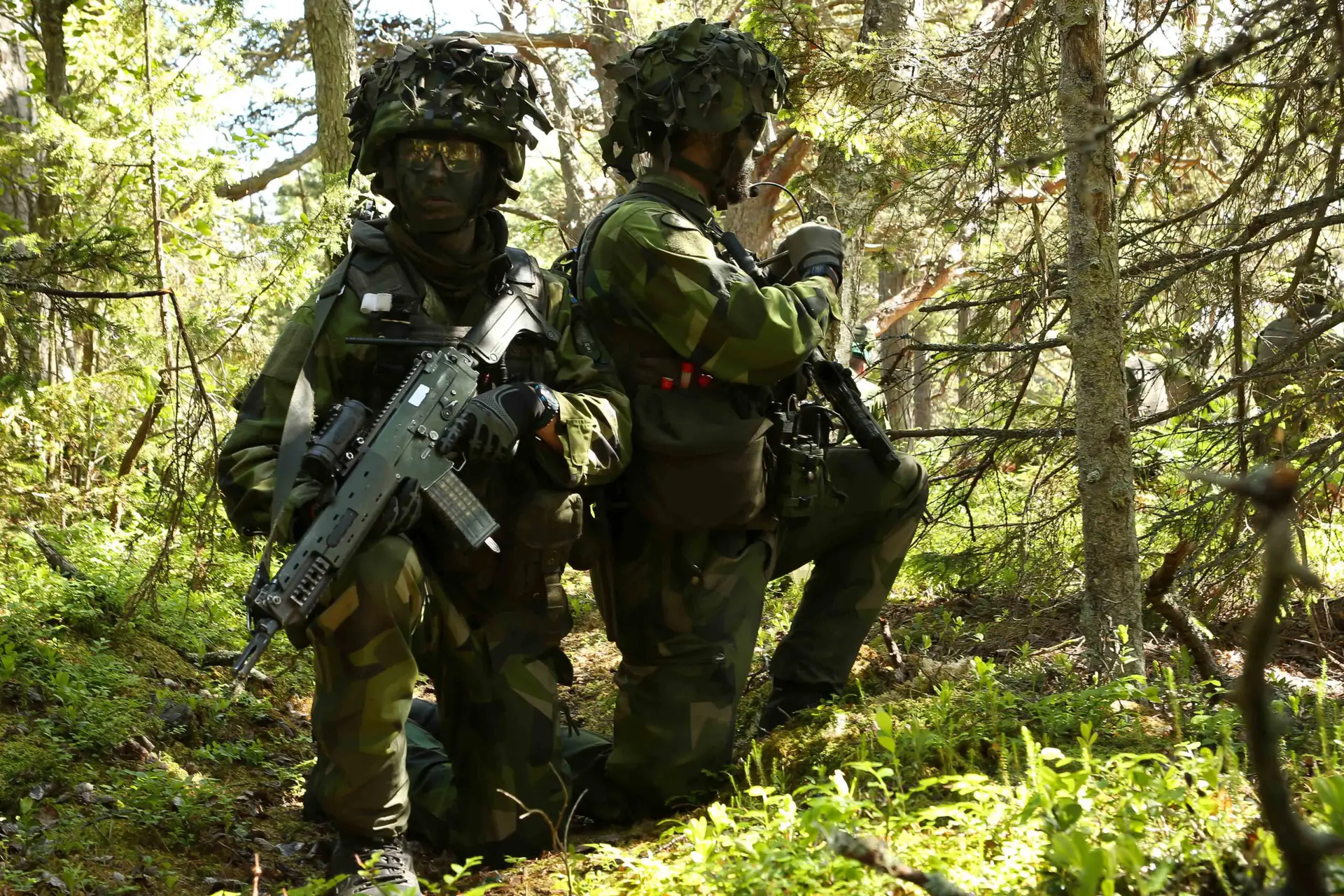
The new sniper rifle is planned for introduction in Sweden next year, followed by the new 5.56x45mm caliber assault rifle in 2025. Other new weapons could come sometime after that.
For Sweden, in particular, there is an urgent requirement to modernize the small arms used by its armed forces, with the AK4 in use since the 1960s and the AK5 having been developed in the early 1980s. Compared to these aging weapons, the new rifles will be lighter, have better ergonomics and modularity, as well as offer a wider range of accessories.
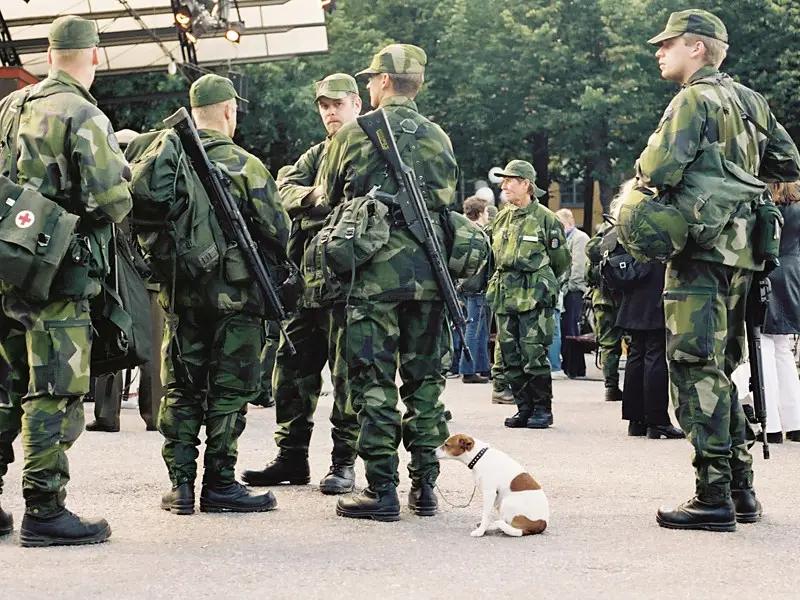
“The agreement signed today will affect virtually all Swedish Defense Forces personnel, who will in the long term have access to new modern weapons,” explained Jonas Lotsne, director of the Ground Systems Department at the Swedish Defense Materiel Agency, or FMV. “We are now taking a big step towards replacing practically all the weapons in our Defense Forces, and that is very gratifying,” he added.
For Finland, the first phase of the program will see it purchase an undisclosed batch of assault rifles for field testing, placing orders worth around 700,000 Euros, or approximately $755,000.
Finland, too, is looking forward to a wide-ranging overhaul of its small arms inventory, which has long been provided by SAKO. The country’s current standard assault rifles are the RK62 and RK95 series, both of which are derived from the famous Soviet AK-47 family and are chambered in the Russian 7.62x39mm cartridge.
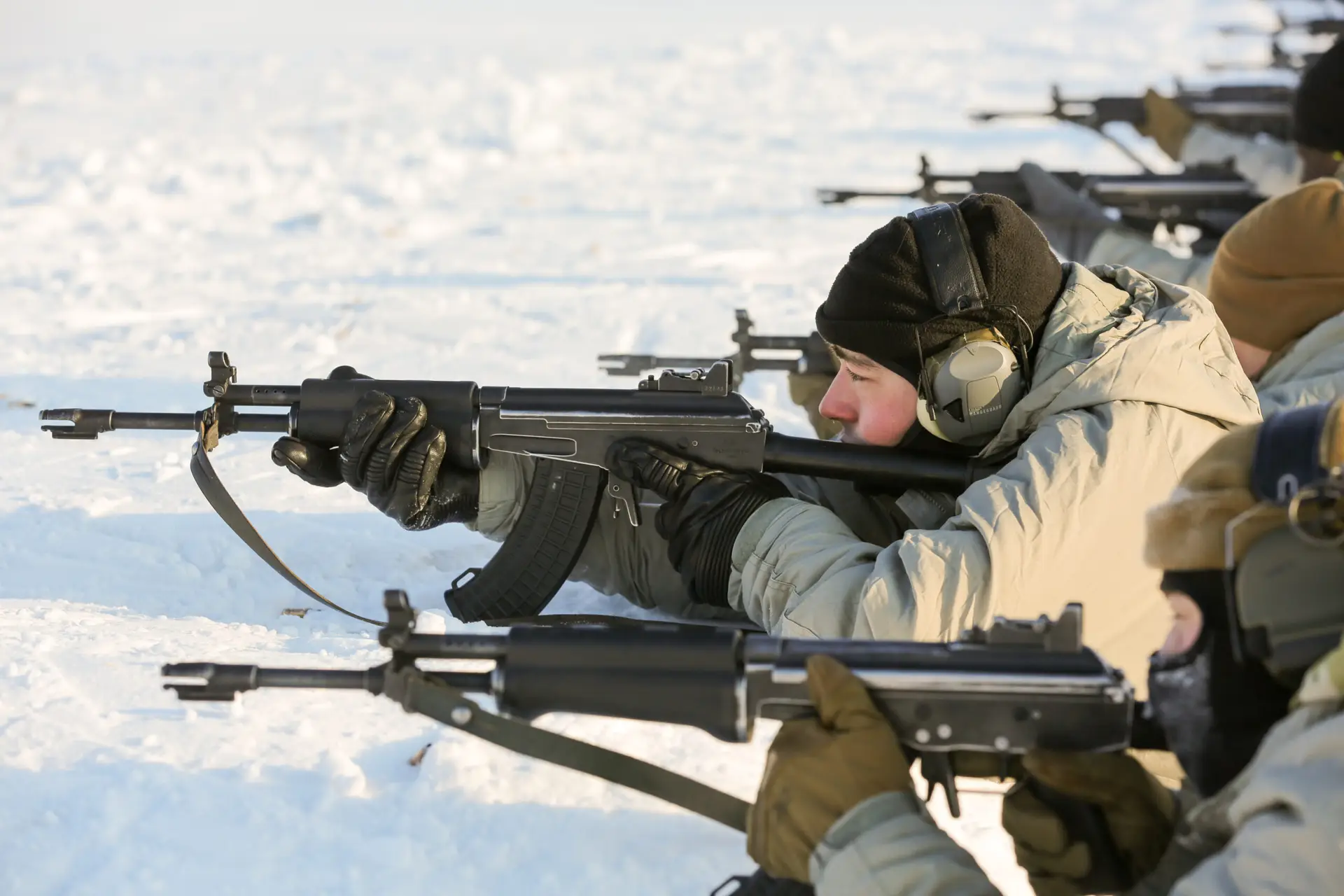
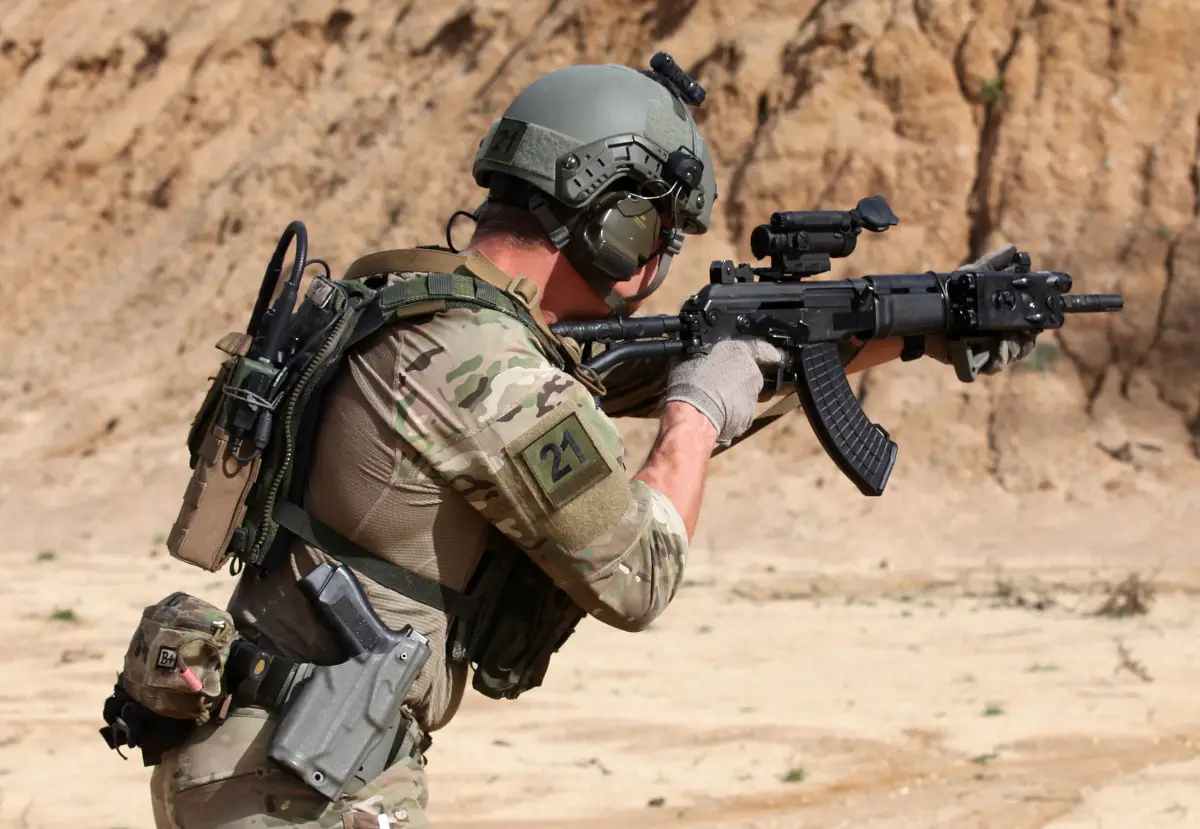
“The future family of small arms will prepare for the gradual replacement of the Defense Forces’ current assault rifles, automatic sniper rifles, and heavy sniper rifles,” said Maj. Gen. Jari Mikkonen, director of the Finnish Defense Forces Logistics Command. “The Defense Forces are preparing to phase out the current weapon systems in a phased manner, ensuring a controlled and cost-effective withdrawal of the current systems.”
For the Finnish Defense Forces, the decision to field new-generation rifles in both 5.56x45mm and 7.62x51mm calibers is particularly notable given the country’s still widespread use of small arms chambered for both the Russian 7.62x39mm and 7.62x54mmR cartridges. This is, of course, well in line with Finland’s move to join NATO in the wake of Russia’s all-out invasion of Ukraine last year.
It remains to be seen exactly what mix of 5.56x45mm and 7.62x51mm guns Finland might adopt in the future. The country’s armed forces, especially its special operations community, does already have limited numbers of rifles and machine guns in those calibers, including a 7.62x51mm Sako ‘AR’ variant known as the M23. Those guns have been used to replace Soviet-designed 7.62x54mmR Dragunov SVD designated marksman rifles and bolt-action Tkiv 85s sniper rifles. The latter rifles were derived from the Russian Mosin–Nagant pattern and are chambered in the Finnish 7.62×53mmR cartridge, itself based on the 7.62x54mmR.
Regardless, both countries buying all these weapons under a collaborative effort will provide for a significant level of commonality between their armed forces and should also reduce acquisition costs overall. The initial framework agreement runs for 10 years, followed by three seven-year option periods until 2053.
Regarding possibilities for cooperation, beyond the procurement process for the weapons themselves, Sweden and Finland will have expanded opportunities in terms of actual weapon use, training, ammunition procurement, and future development paths.
Today’s framework agreement is the latest expression of a broader effort by Finland and Sweden to jointly procure weapons and related technologies. As well as boosting the interoperability between the two countries — especially important when it comes to ammunition types — this initiative is seen as a means of ensuring the security of supply, with less reliance on contractors and production facilities outside of the Nordic region.
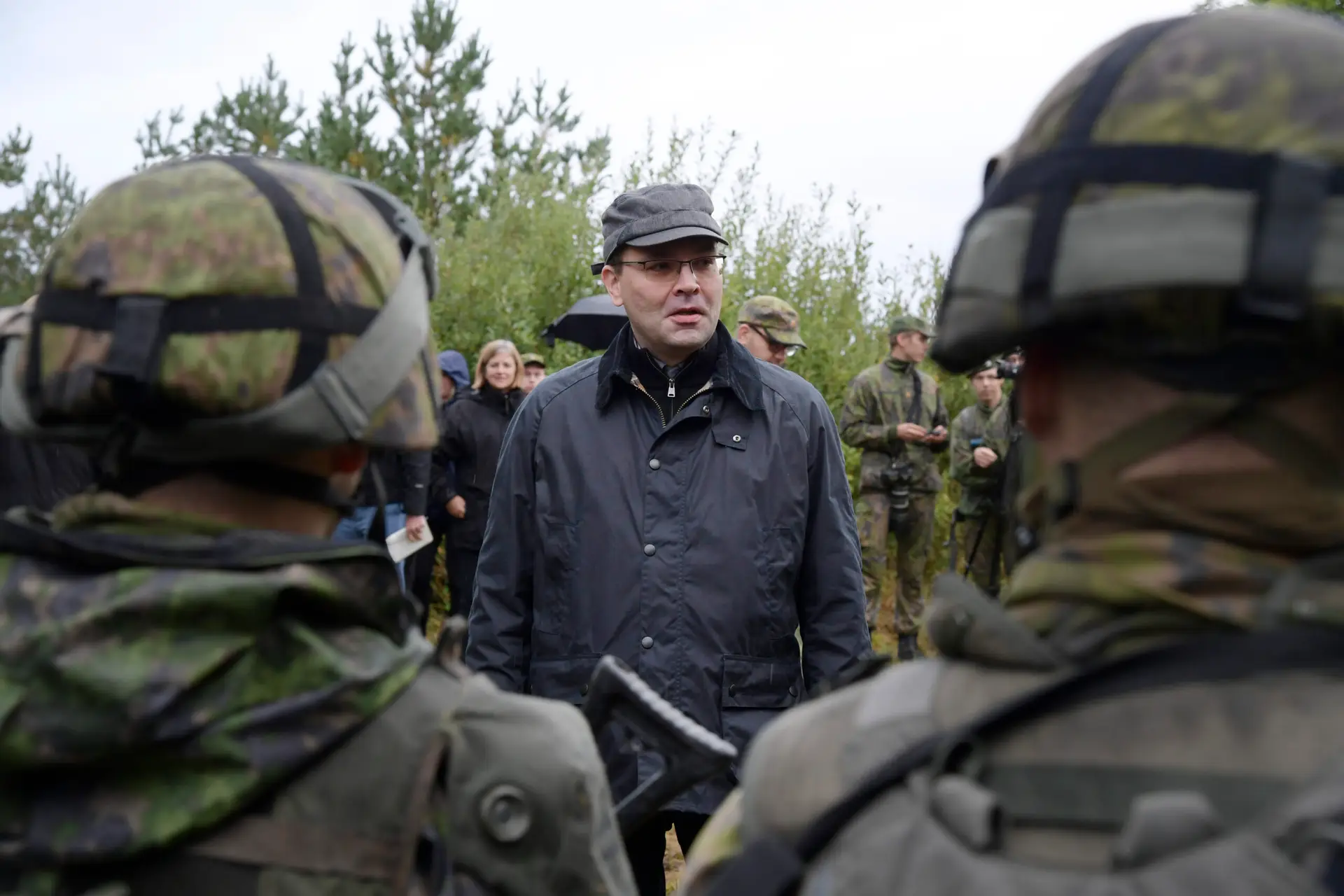
In fact, discussions about the joint procurement of new firearms date back at least to May of last year, when work began to prepare a framework agreement. That plan also involved jointly buying new infantry anti-tank weapons, although those were not mentioned in today’s announcement. Other small arms mentioned at the time included combat shotguns, which are expected to be purchased under a separate arrangement.
While the armed forces of Finland and Sweden have cooperated in the past, with increasing engagement in recent years, especially in terms of integrated command and control and joint training exercises, the fact that both countries have now applied for NATO membership provides an additional impetus toward integration and, where applicable, joint arms procurements.
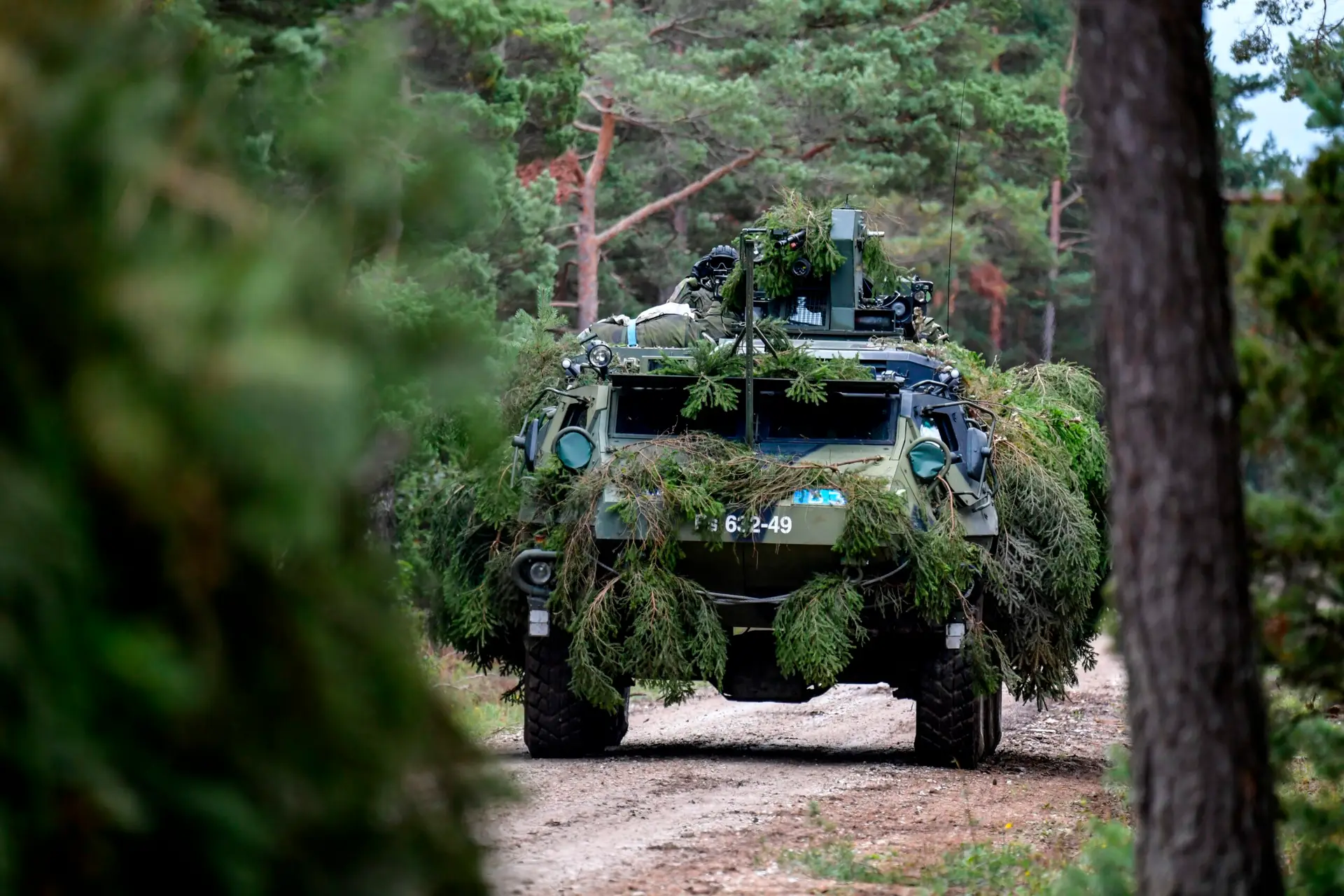
And while neither country has yet gained membership in the NATO alliance, that’s widely seen as only a matter of time, despite some pushback from Turkey.
The background to these two neutral countries seeking NATO membership, of course, is Russia’s full-scale invasion of Ukraine, which has seen the Nordic countries, among others, rapidly reassess their defense priorities. With that in mind, it seems more likely than not that we will see increased cooperation of this kind between Finland and Sweden — and the other Nordic countries — in the years to come.
Fuente: https://www.thedrive.com

